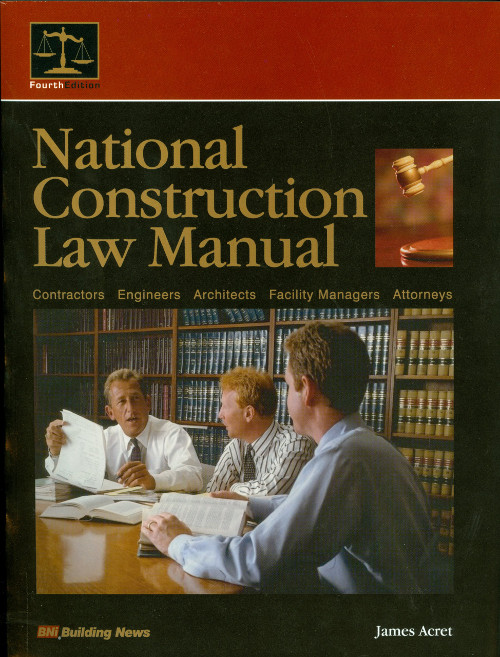An insurer claims manager told a risk conference audience four years ago that “in case you’ve been on another planet, there have been hundreds of design-build lawsuits.” An ENR story headline in February asked, “Will Claims by Contractors on Big Design-build Projects Ever End?” In retrospect, problems now confronting project delivery are not purely design-build issues. Remember that in the 1980s, failure of and frustration with design-bid-build delivery triggered a yearning for alternatives.
Contractors condemning owners and architects, and owners in conflict with contractors are holdover dispute pathologies from prior generations. Many arise from the unique nature of construction—with evolving scopes, fluctuating costs and often improvised relationships—and the potential to produce conflict. Disputes plagued industry for decades when the Design-Build Institute of America was founded in 1993. Only three states then allowed design-build for public works. Now, the group says, just three mandate little or no design-build authority.
Buoyed by the promise of faster completion, and in some instances, lower costs, design-builders lobbied for authorization in state public works, with support from government agencies. Private owners also embraced design-build. What’s unfolded since then has reshaped construction markets and minds. The delivery method’s universal appeal is proven by the phrase “design-build” even appearing on side panels of many home remodeling contractor vans rolling along U.S. streets.
But even on large design-build infrastructure projects, problems can arise when design work is crammed into a tight procurement period. When numbers turn out to be off the mark, team partners may turn on one another. Also, owners and contractors can fall out over scope changes, final design approval and quality control.
As new funding propels more infrastructure work, now is a good time to reassess the project delivery method. DBIA’s recently updated best practices make many improvements. One is a clarified distinction between progressive design-build and best value procurement. But much of the update is the simple gospel of teambuilding, shared values, clear goals and abundant communication.
DBIA recommends that design-builders develop professional relationships with potential team members that have “shared values and compatible cultures.” Forming cohesive teams and writing effective partnership agreements are critical to achieve “mutual understanding” of what is important during contract pursuit, says DBIA. It also says team members should agree on the “extent of design advancement appropriate for the proposal and on the reliability of the information prepared during the procurement.” Even more critical is for owners and design-builders to agree on design parameters and commitment milestones, and any other aspects related to its completion, not to mention having a clear process for project commissioning and turnover, says DBIA.
If these new recommendations remind you of a prior generation’s initial efforts at partnering and dispute avoidance, it could be because what appear to be design-build “failures” are actually problems that are more broadly endemic to construction.




